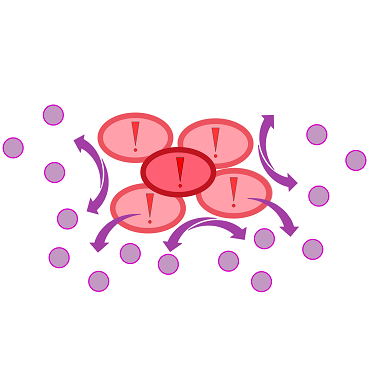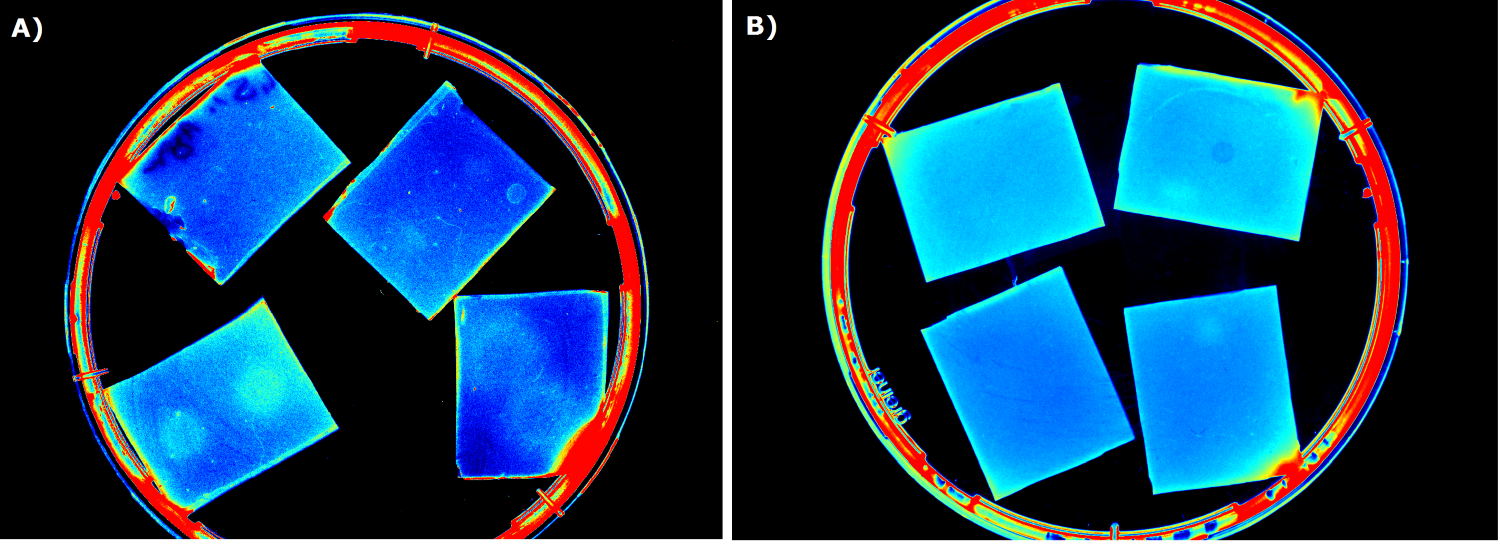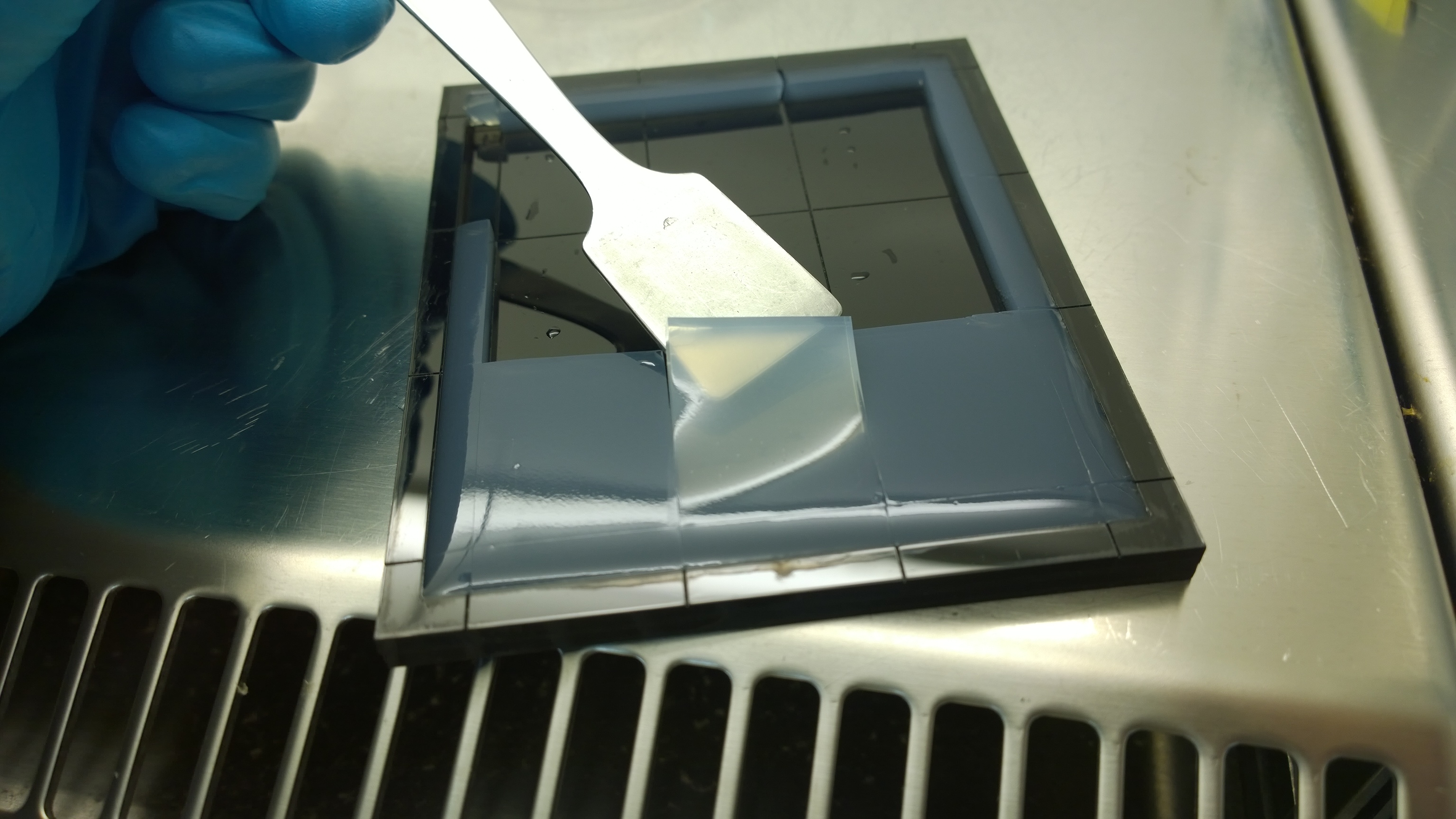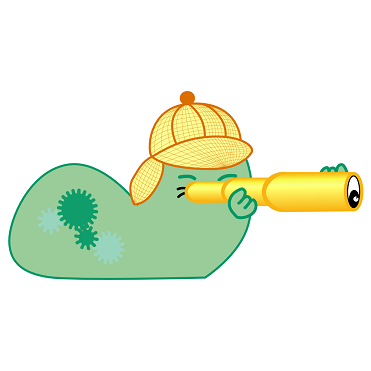Team:Aachen/Project/2D Biosensor
From 2014.igem.org
(→Detecting the 3-oxo-C{{sub|12}}-HSL with K131026 in our Sensor Chips with WatsOn) |
(→Detecting IPTG with Sensor Chips) |
||
| Line 174: | Line 174: | ||
Fluorescence started in the middle of the chip (point of induction) and then extended outwards, still showing an increasing fluorescence signal. The basal level of fluorescence was attributed to leakiness of the promoter and general background fluorescence of growing ''E. coli'' cells. In the induced chip (bottom), the background fluorescence was lower than in the non-induced chip (top), because the signal masked the noise. The difference between the induced and non-induced chips indicated a clear response to the HSL and proofed the ability of our 2D sensor chip design to detect HSLs produced by ''Pseudomonas aeruginosa''. | Fluorescence started in the middle of the chip (point of induction) and then extended outwards, still showing an increasing fluorescence signal. The basal level of fluorescence was attributed to leakiness of the promoter and general background fluorescence of growing ''E. coli'' cells. In the induced chip (bottom), the background fluorescence was lower than in the non-induced chip (top), because the signal masked the noise. The difference between the induced and non-induced chips indicated a clear response to the HSL and proofed the ability of our 2D sensor chip design to detect HSLs produced by ''Pseudomonas aeruginosa''. | ||
| - | === Detecting IPTG with | + | === Detecting IPTG with sensor chips === |
{{Team:Aachen/FigureFloat|Aachen_I746909_slower_reduced.gif|title=IPTG inducible superfolder GFP (I746909) in sensor chips|subtitle=IPTG inducible superfolder GFP (I746909) is induced with IPTG (2 µl, 100mM) on the right chip with a non induced chip on the left|width=480px}} | {{Team:Aachen/FigureFloat|Aachen_I746909_slower_reduced.gif|title=IPTG inducible superfolder GFP (I746909) in sensor chips|subtitle=IPTG inducible superfolder GFP (I746909) is induced with IPTG (2 µl, 100mM) on the right chip with a non induced chip on the left|width=480px}} | ||
| - | + | The video displayed on the left side (Detecting IPTG with sensor chips) shows the construct [http://parts.igem.org/Part:BBa_I746909 I746909] from the 2007 iGEM Team Cambridge, which expresses super folder GFP under the control of a T7 promoter. This construct was introduced into BL21(DE3) cells making the expression IPTG inducible due to the T7 RNA Polymerase encoded in the genome of BL21(DE3) under the control of a lacI promoter. | |
| - | + | While the left chip does not show visible fluorescence, the right chip exhibits a strong fluorescence signal. This elucidates the ability of the sensor chip technology to detect IPTG. The fluorescence response is also high enough to be detected and analyzed by our measurement device ''WatsOn''. | |
| - | + | ||
| - | + | ||
| - | + | ||
| - | + | ||
| - | + | ||
| - | + | ||
| - | + | ||
| - | + | ||
| - | + | ||
| - | + | ||
| - | + | ||
| - | + | ||
===Detecting the 3-oxo-C{{sub|12}}-HSL with K131026 in our Sensor Chips with ''WatsOn''=== | ===Detecting the 3-oxo-C{{sub|12}}-HSL with K131026 in our Sensor Chips with ''WatsOn''=== | ||
Revision as of 23:53, 17 October 2014
|
|
|
|
|
|
 "
"












